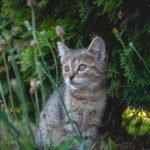The majestic appeal of big cats, from lions to tigers, jaguars to leopards, is not only in their appearance but also in their distinctive roars. These powerful calls evoke mystery and fear and are a subject of scientific interest. Let’s delve into the secrets behind the roaring of these magnificent creatures.
The Anatomy of a Roar
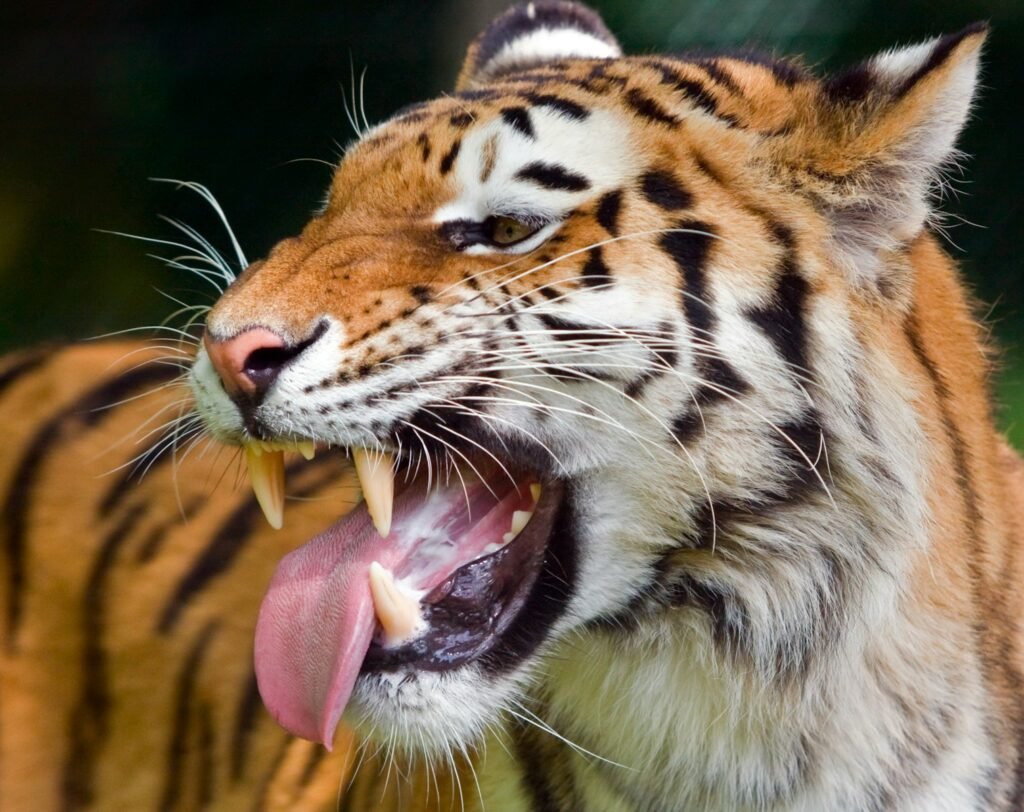
At the heart of a big cat’s ability to roar lies its unique vocal anatomy. Unlike smaller felines, big cats possess a specially adapted larynx and a uniquely shaped vocal fold that allow them to produce such deep, resonant sounds. The elasticity of the connective tissues enables the vocal cords to stretch and resonate, creating that deep roar characteristic of the big cats.
The Role of the Hyoid Bone
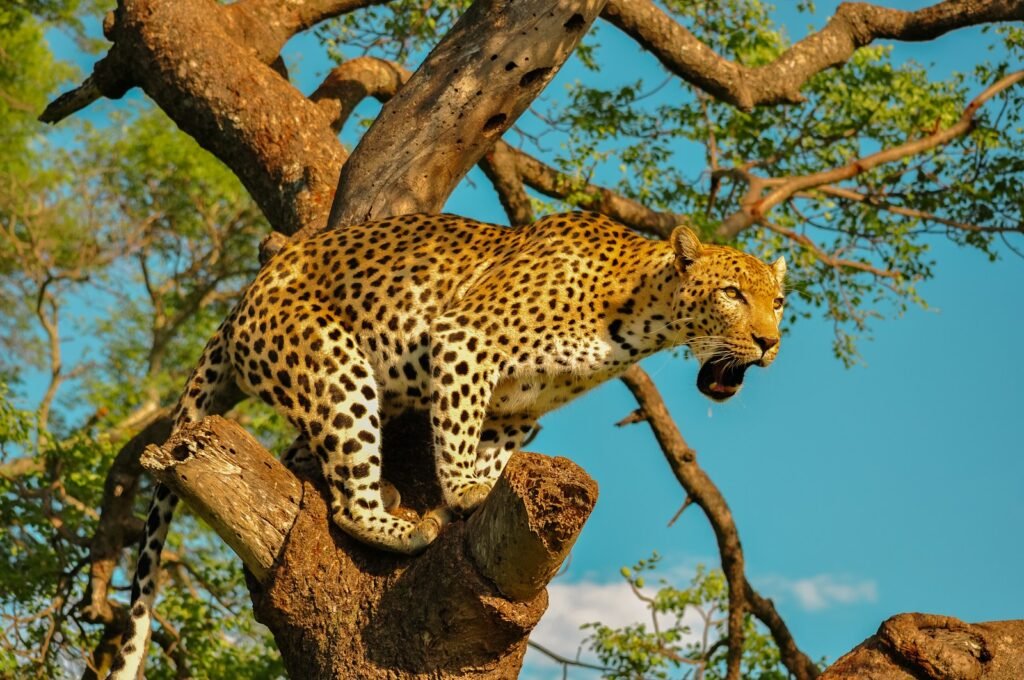
The hyoid bone, particularly its flexibility in big cats, plays a crucial role in the production of their roar. Unlike in smaller cats, the hyoid bone in larger cats is not fully ossified, granting it more flexibility. This adaptability contributes to their ability to produce the low-pitched, reverberating roar.
The Science Behind the Sound
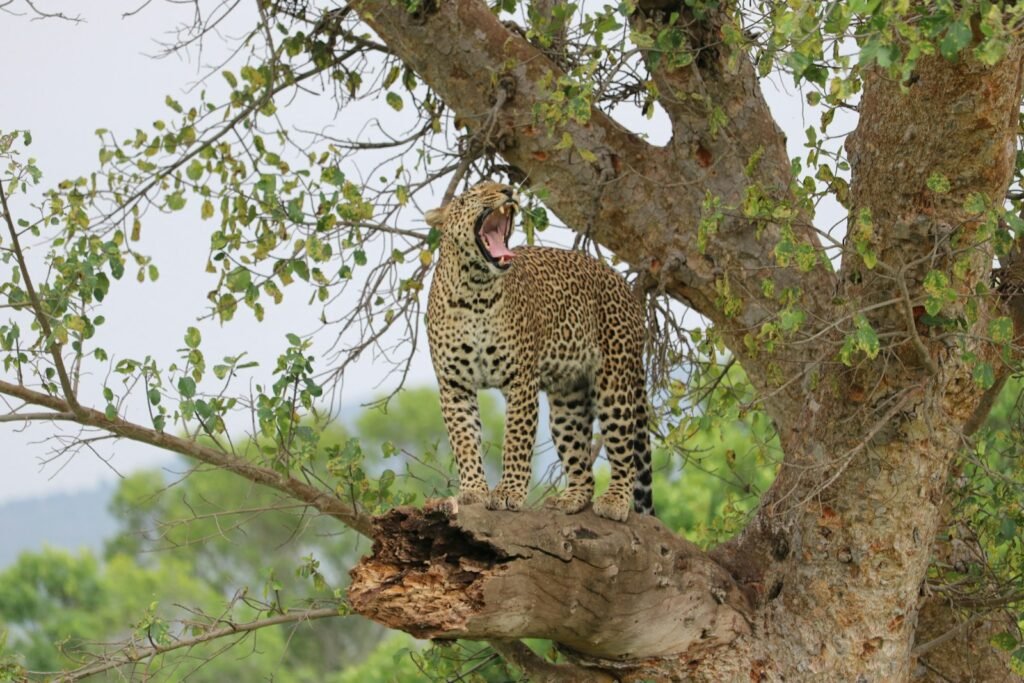
Research has revealed that a big cat’s roar can travel several kilometers and is primarily designed to communicate over long distances. The frequency and power behind these roars are suited for open areas, exerting dominance and territorial claims without physical confrontation. Moreover, the frequency matches that which is best carried through the environments they inhabit, often reaching specific frequencies around 300 hertz.
Communication and Social Structure
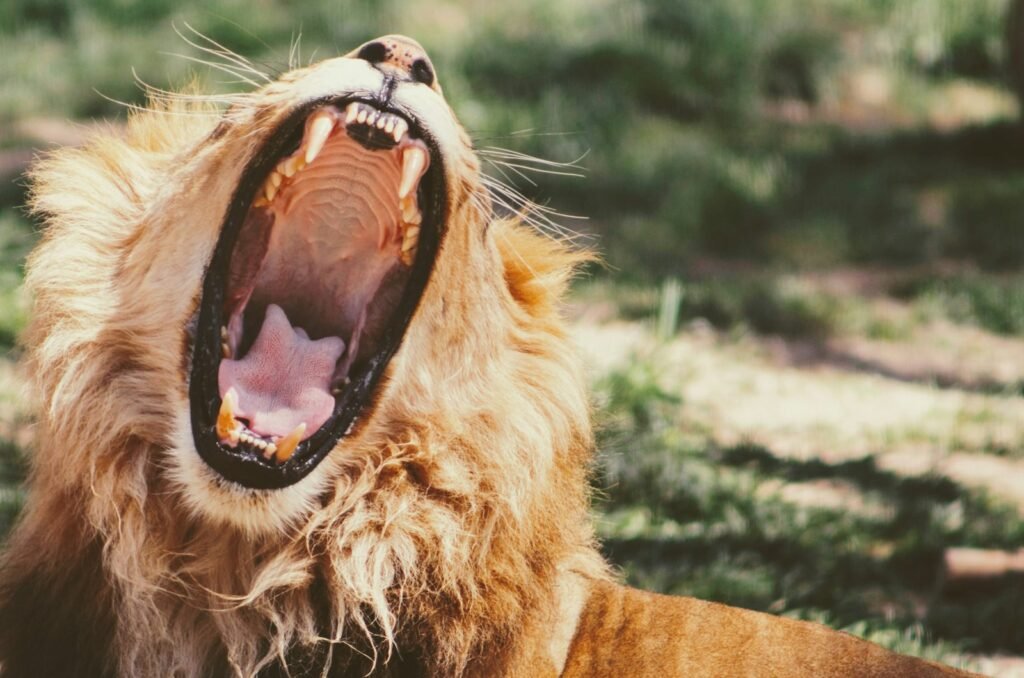
Roaring serves various communicative purposes, and is often pivotal in social interactions among big cats. For lions, in particular, roaring helps maintain pride coherence. Territorial calls reaffirm pride boundaries, warn rivals, and maintain social hierarchies. Roaring can also serve a more intimate role, helping locate individuals over vast distances.
Roaring as a Defense Mechanism
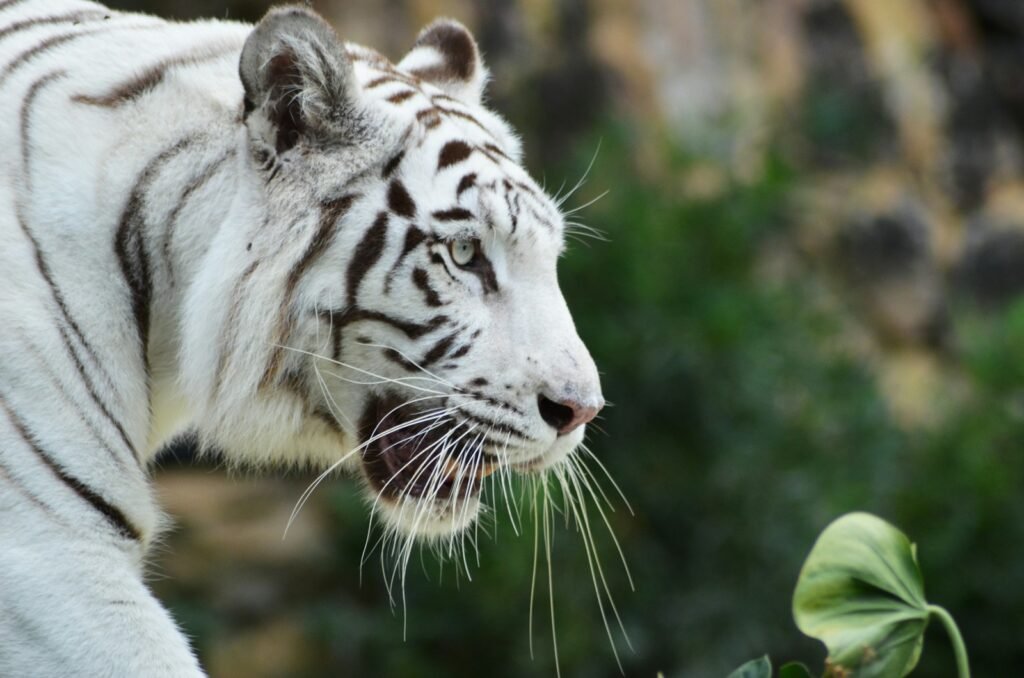
The roar of a big cat is an effective deterrent for trespassers and potential threats. By projecting strength and fear through sound, they can avoid potentially dangerous encounters. Roaring serves as an auditory display of strength and dominance, keeping adversaries at bay.
The Influence of Environment
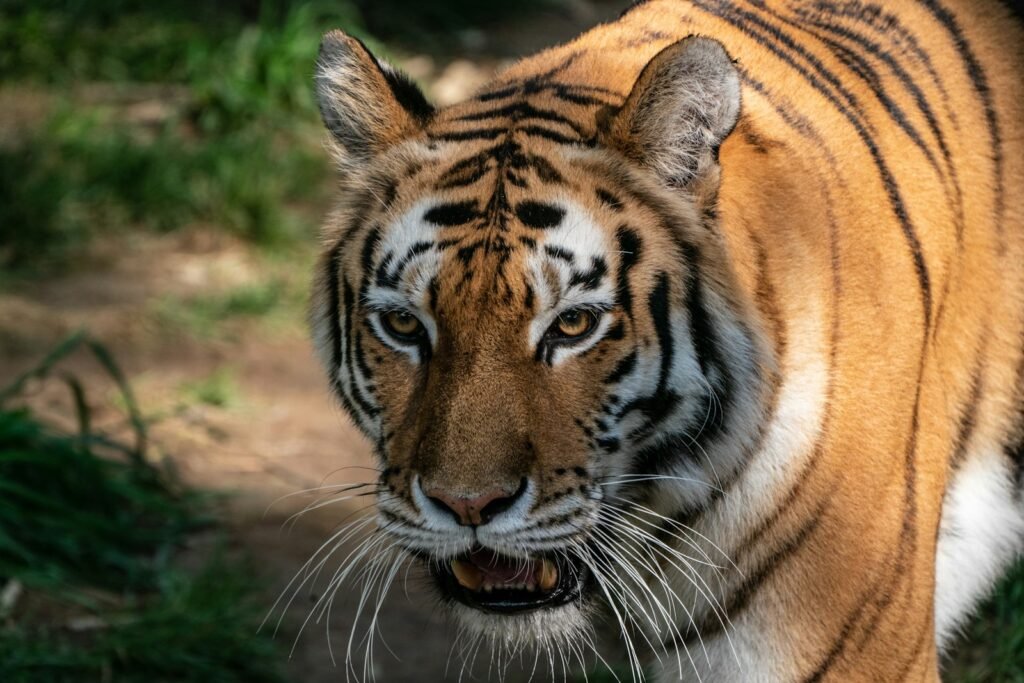
Interestingly, the environment plays a significant role in shaping the acoustics of a big cat’s roar. Cats residing in dense forests, like tigers and jaguars, have evolved to produce roars that pierce through thick vegetation. Conversely, lions, predominantly residing in open savannahs, have roars that carry across vast, open landscapes.
Roars vs. Other Vocalizations
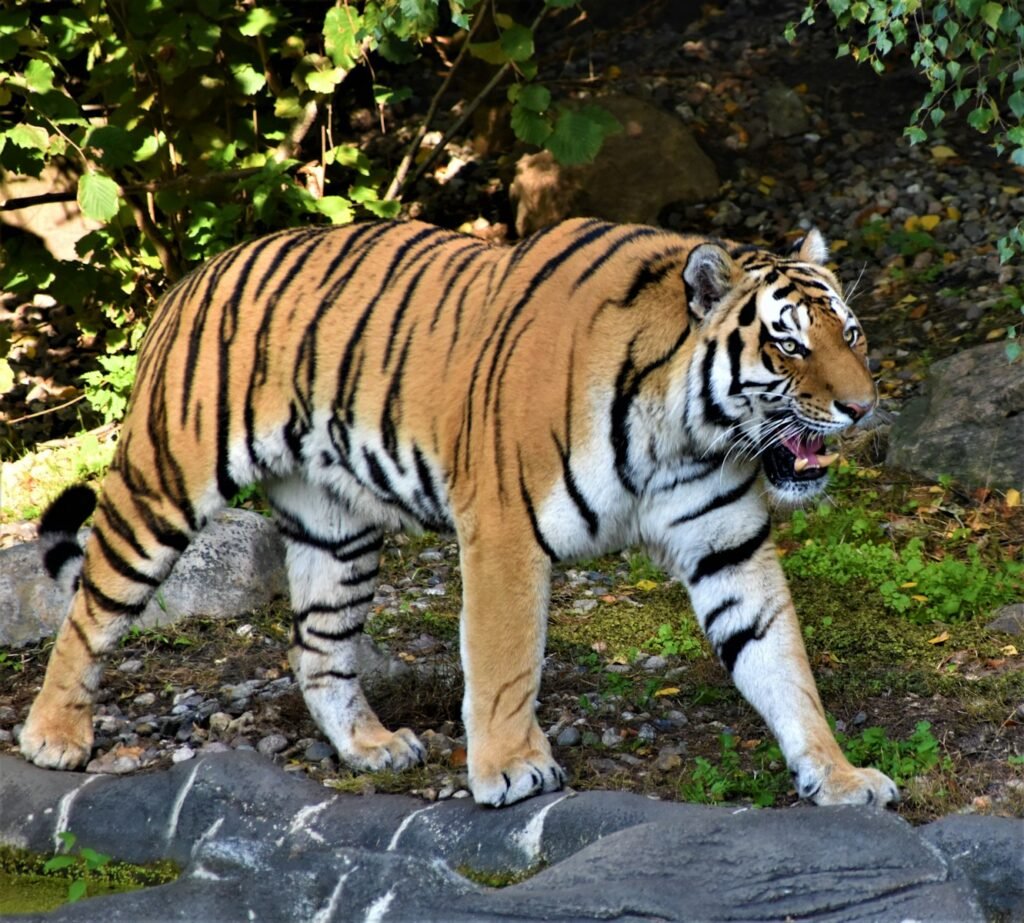
While roaring is a hallmark of big cats, these magnificent animals have an array of vocalizations at their disposal. From chuffing and purring to growling and meowing, each sound serves a distinct purpose, including mating rituals, nurturing young, and signaling distress or contentment. Understanding the context of these sounds provides deeper insight into the behavioral dynamics of big cats.
The Evolutionary Perspective
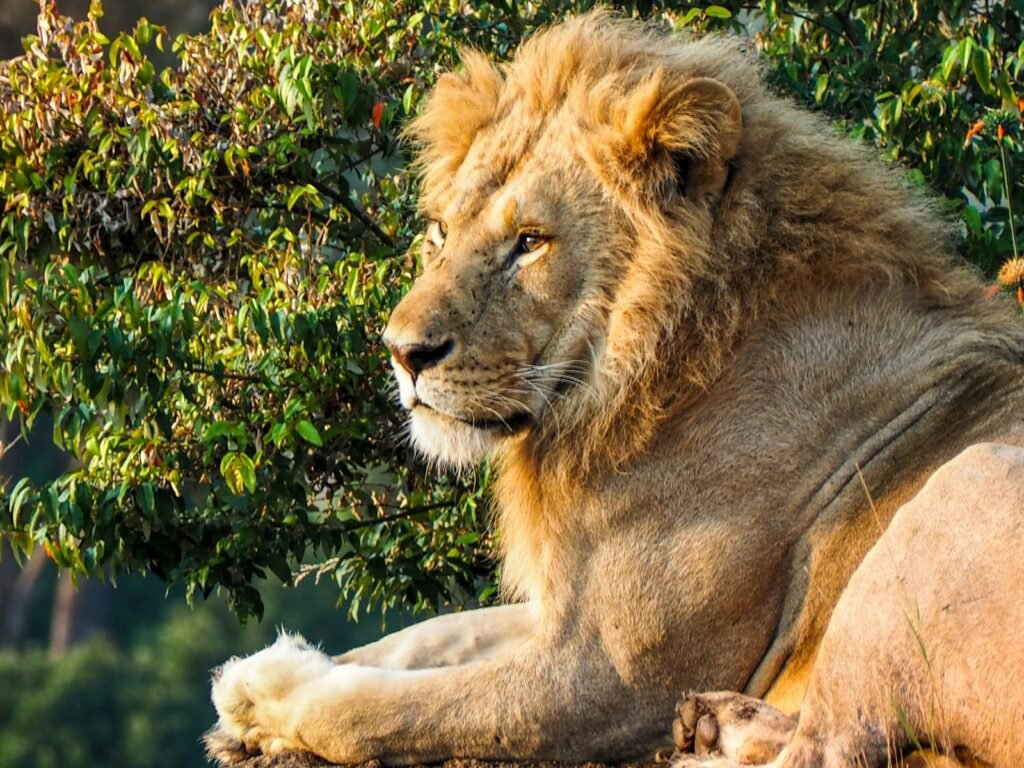
The evolution of the roar can be traced back millennia, serving as a critical aspect of survival for early big cats. The ability to communicate over large distances without physical contact allowed these animals to thrive in diverse environments, maintaining social structures and efficient hunting territories. It speaks volumes to the adaptive strategies that have empowered big cats to remain apex predators.
Future Research and Conservation Implications
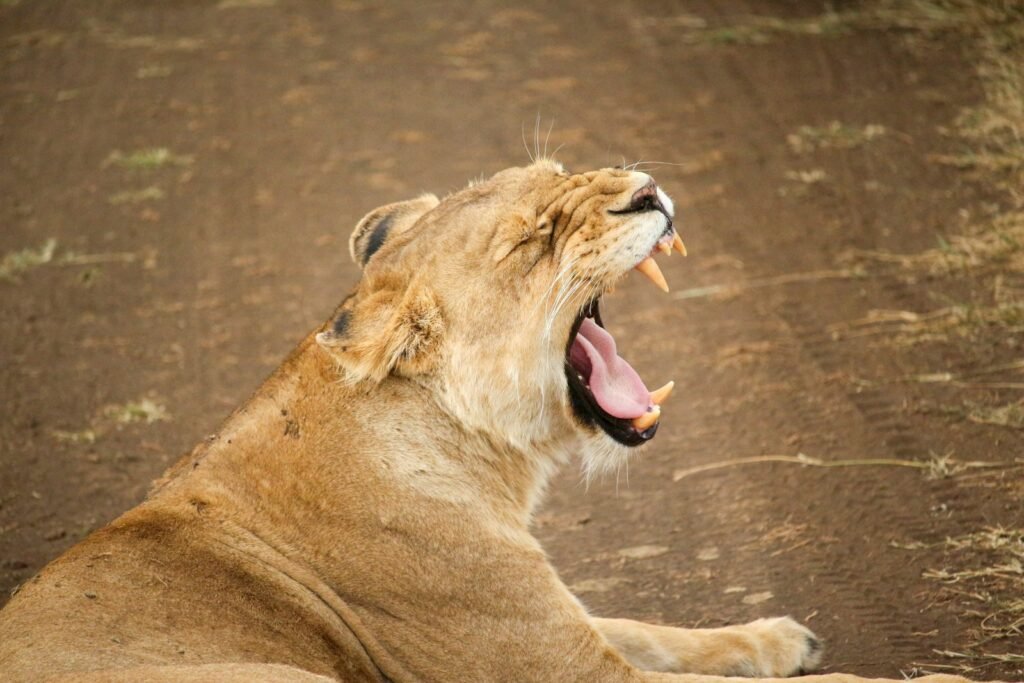
Ongoing research continues to uncover the complexities behind roaring and other vocal behaviors in large felids. Understanding these vocalizations not only enriches our insight into the lives of big cats, but also underscores the urgency of conserving their habitats to ensure these powerful sounds continue to echo in the natural world. Monitoring roars can aid conservationists in tracking population dynamics and health, offering non-invasive ways to monitor these charismatic animals.
Conclusion: The Resonant Symbol of Majesty
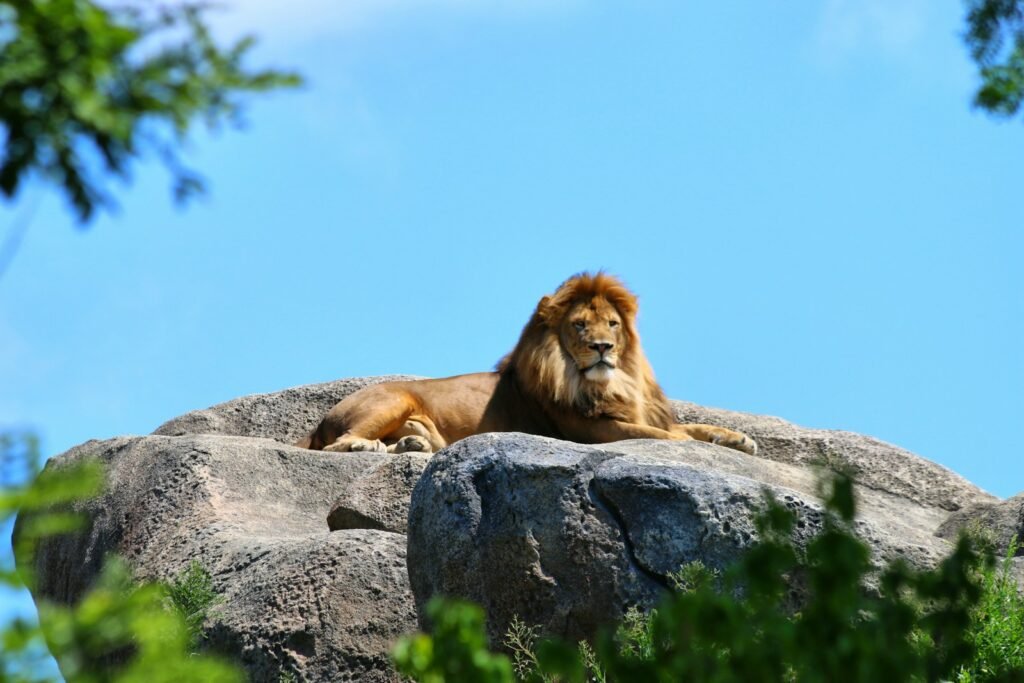
The roar of a big cat is much more than an impressive sound — it is a testament to the power and majesty of these animals. As we unravel the secrets behind these enigmatic calls, our appreciation for big cats deepens, urging us further to ensure their survival amidst growing environmental changes and pressures.

Growing up traveling and experiencing new cultures and wonders, I have had a passion for nature, adventuring, photography, and videography. I am currently working towards a BSc in Biodiversity and Ecology at Stellenbosch University, and I hope to specialise in Marine Sciences one day.
Please send any feedback to Feedback@animalsaroundtheglobe.com


